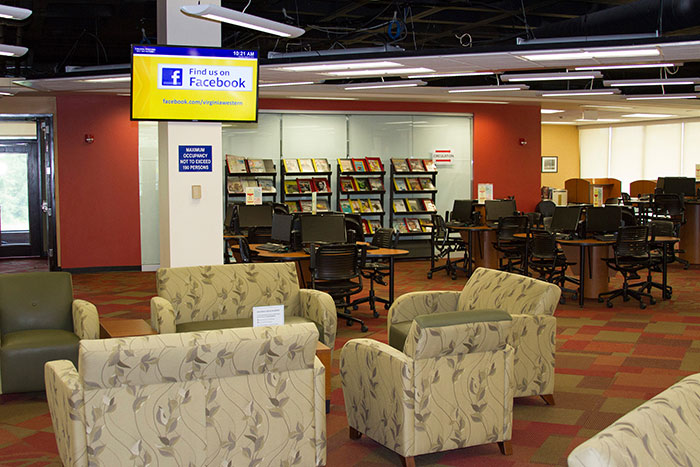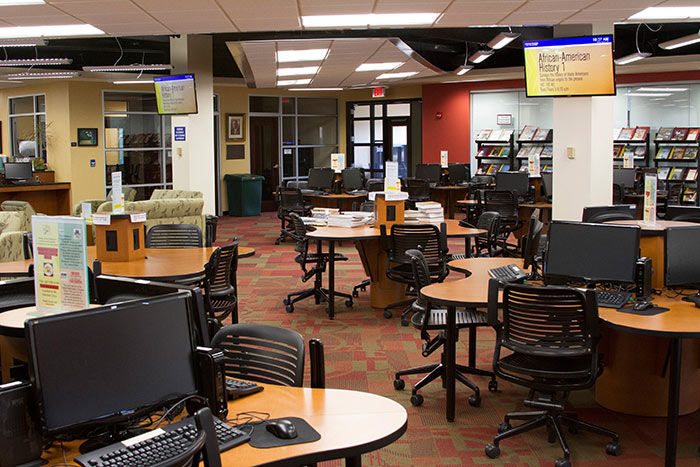Just walking down the street, people are texting and talking on their phones, using apps to gather more information, watching videos, taking pictures and instantly uploading them to a social media site. The same is true is cafes, restaurants, bookshops, supermarkets, parks – just about everywhere. Paper and ink newspapers are getting thinner and smaller, while electronic news sources are exploding.
A study by Martin Hilbert and Priscilla Lopez at the ASC Annenburg School for Communication and Journalism says that, by 2007, 94 percent of all information in the world was being stored digitally, and the amount of raw information in the world is doubling approximately every 18 months.
This trend is everywhere, permeating all aspects of our lives, and shows no signs of slowing down. “People are starting to expect lots of information and interactivity, everywhere they go,” says B Bagby of Virginia Western Community College. “The line between TV and computer is getting blurred, and in the past several months, I’ve noticed that people are having a harder and harder time drawing the line between these two information sources.”
Bagby, whose title at Virginia Western is Head Media Geek, is responding to this sea change in people’s expectations by leveraging some of the key benefits of a good college digital signage solution. “We had a digital signage system that was built in-house, but it didn’t offer any real flexibility,” he says. “It was hard to get things on and off the system, and we just wanted something more.” Bagby came across Visix, and saw that the company’s flagship product, AxisTV, was what he was looking for. “It had the best price-to-feature ratio and is performing all the tasks we need, so we haven’t had to look anywhere else for our campus communications.”


“When we started, we wanted to target audiences in different parts of the campus – humanities class ads in the humanities building, and so on. The flexibility of the system allows us to target each specific location with the appropriate content.” With 42 displays showing content from 12 different media players, they can send specific, relevant content to the right segments of a diverse on-campus population.
And as with many campuses, a safety alert system is a key element in Virginia Western’s communications strategy. “Safety has been the most interesting driver of our digital signage,” says Babgy. “We have a number of hearing impaired faculty and students, and have been very aggressive in deploying a system that can reach them if something happens on campus. The alert capability has driven a lot of the infrastructure build.”
In addition to the capability to target specific areas of campus and a comprehensive alert system, being able to centralize the design and look of AxisTV deployment has been another key factor. “We take requests for messages from local users – faculty, staff, student organization heads,” he explains. “They send us a request using one of the forms we’ve put on the intranet, telling us what they want advertised. We want a consistent design look, so we do the lion’s share of that, mainly using Photoshop. After we design it, we schedule it and out it goes onto the system. We have a 48-hour turnaround guarantee, but usually it gets done in three or four hours.”
Bagby sees many benefits to using digital signage in an educational setting. “At the very least, it’s one more way to communicate. As long as you can keep finding more and more cost-effective ways to get your message across, you should add them to your bag of tricks,” he says.
“People want information everywhere now – they expect it. Even if you only reach five percent more, that’s five percent you didn’t have before. And if each element in your communications strategy contributes some, eventually it adds up to a significant percentage of your audience.
Bagby summarizes, “Frankly, it’s cost-effective and really easy to use. Why wouldn’t you use it?”